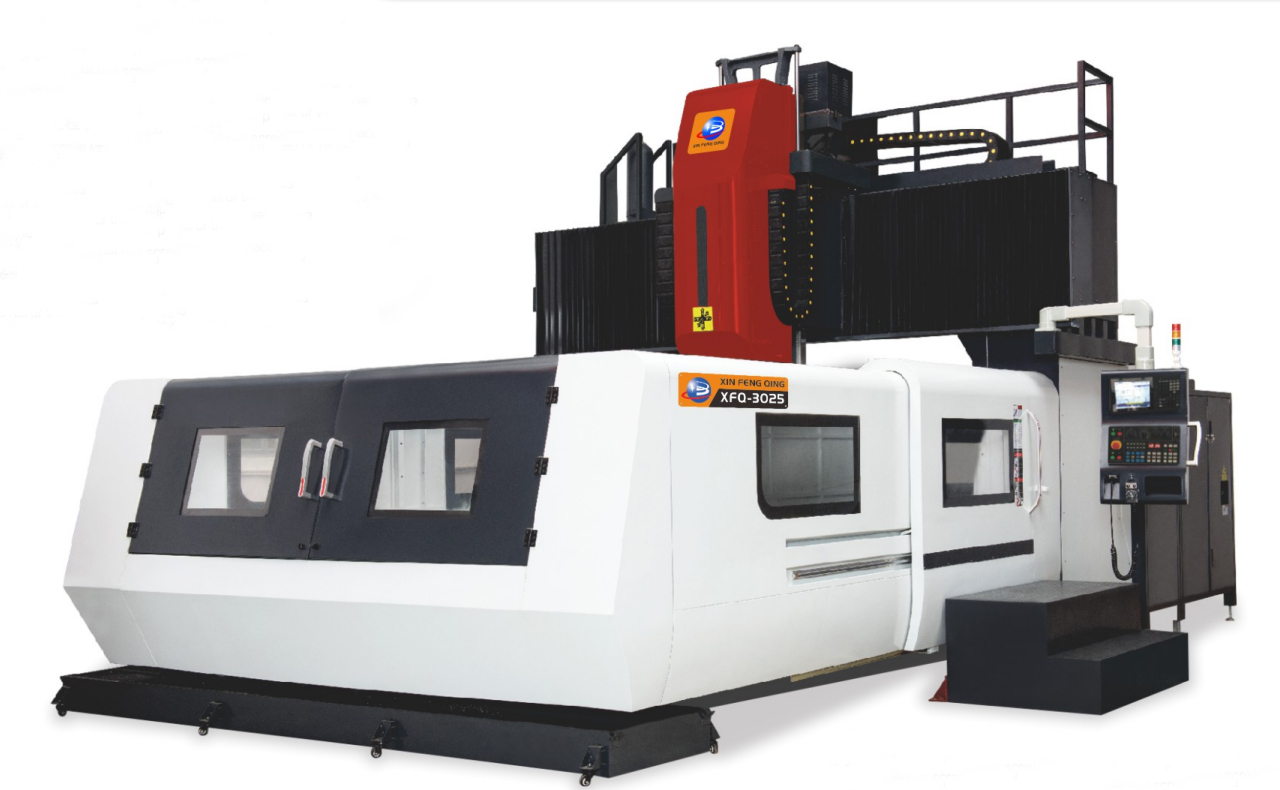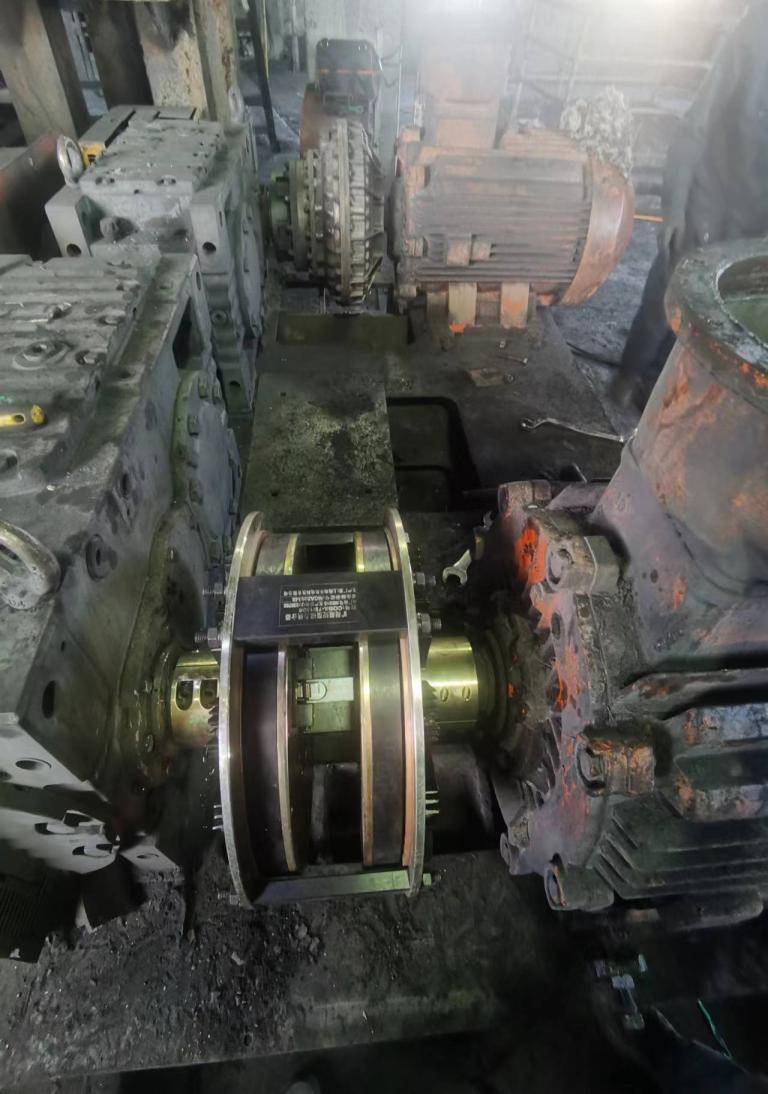In the world of cooling and refrigeration, mechanical refrigeration systems play a pivotal role. These systems are complex and intricate, consisting of various components working in harmony to achieve efficient cooling. In this article, we will delve into the basic units that form the backbone of mechanical refrigeration systems, shedding light on their functions and importance.
- Compressor: The Heart of Refrigeration
At the core of any mechanical refrigeration system lies the compressor. This vital component is responsible for compressing the refrigerant gas, increasing its pressure and temperature. By doing so, the compressor facilitates the transfer of heat from the refrigerant to the surrounding environment, enabling the cooling process to commence. - Condenser: Dissipating Heat
The condenser acts as the heat exchanger in a refrigeration system. Its primary function is to dissipate the heat absorbed by the refrigerant during the cooling process. As the high-pressure refrigerant flows through the condenser, it releases heat to the surroundings, causing it to condense into a liquid state. This phase change allows for efficient heat transfer and prepares the refrigerant for the next stage. - Expansion Valve: Regulating Flow
The expansion valve serves as the gateway between the high-pressure and low-pressure sides of the refrigeration system. Its role is to regulate the flow of refrigerant, ensuring a controlled and gradual decrease in pressure. By expanding the refrigerant, the valve enables it to absorb heat from the surroundings, initiating the cooling cycle. - Evaporator: Cooling the Environment
The evaporator is where the magic happens. This component facilitates the transfer of heat from the environment to the refrigerant, resulting in a cooling effect. As the low-pressure refrigerant enters the evaporator, it absorbs heat from the surroundings, causing it to evaporate into a gas. This process cools the environment, making it ideal for various applications, from air conditioning to food preservation.
Conclusion:
Mechanical refrigeration systems rely on a carefully orchestrated interplay of various components to achieve efficient cooling. The compressor, condenser, expansion valve, and evaporator form the basic units that make this marvel of technology possible. Understanding the functions and importance of these components is crucial for anyone seeking to comprehend the inner workings of refrigeration systems. By grasping the fundamental building blocks, we gain a deeper appreciation for the science and engineering behind cooling technology.






+ There are no comments
Add yours